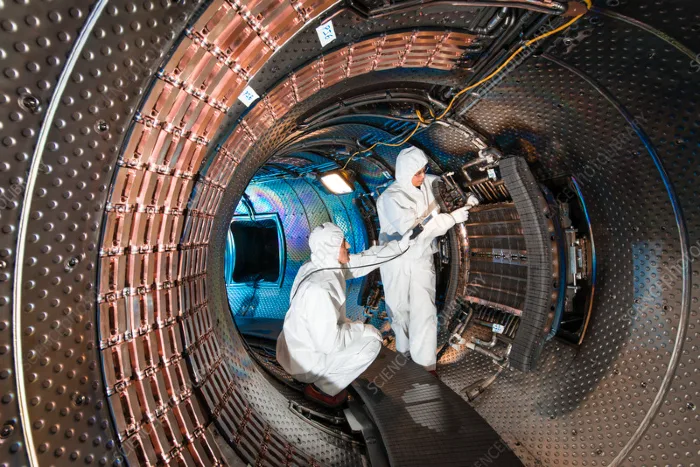The U.S. is making strides in geothermal energy, aiming to significantly increase its use by 2050 with a recent investment of $74 million. Beneath the Earth’s crust lies a vast and untapped source of heat, and while tapping into this resource has historically been a challenge, new technologies and government support are bringing geothermal energy to the forefront in the United States.
Historically, geothermal energy’s use has been limited to areas with natural hot springs or geysers. This geographical restriction meant that while countries like Iceland could heavily rely on geothermal for their energy needs, in the U.S., it remained largely underutilized, contributing to less than 1% of the country’s electricity. However, the narrative is shifting towards viewing geothermal energy as a viable, round-the-clock source of clean energy capable of supporting the variability of solar and wind power.
“Geothermal has been used for over 100 years, limited to certain geographic locations – but that is now changing,” said Amanda Kolker, the geothermal laboratory program manager at the National Renewable Energy Laboratory (NREL). She further emphasized the growing need for a stable energy source as renewable energy becomes more prevalent: “As we penetrate the grid with renewables that are not available all the time, we need to find a base load, which is currently taken up by gas. There aren’t really many options for zero-emissions base load power, which is why geothermal is entering the picture.”

The U.S. Department of Energy envisions a future where geothermal energy could meet 10% of the nation’s electricity needs by 2050, supported by the Biden administration’s funding for new projects. These projects aim to unlock the potential of geothermal energy across the U.S., not just in regions with natural geothermal sites.


Despite the optimism, expanding geothermal energy across the U.S. will require significant investment, with estimates suggesting up to $250 billion is needed. Yet, the prospect of a widespread, clean power source makes it an appealing endeavor.
In February, the Biden administration took a significant step by announcing $74 million in funding for pilot projects to develop enhanced geothermal systems. These systems, which utilize techniques similar to fracking but for green energy purposes, could potentially power 65 million American homes.
This and other innovative drilling techniques are expanding geothermal’s reach, allowing it to be harnessed from hot rocks anywhere underground. Koenraad Beckers, an NREL thermal sciences researcher, explained the universal potential of geothermal energy: “Anywhere in the country, if you drill, it gets hotter and hotter with each mile you go deeper.”
More To Discover
- The U.S. Forest Service’s Controversial Plan to Store Carbon Dioxide Under National Forests
- Western Fusion Visionaries Gather in D.C. Amid Growing Competition with China
- Report Finds Nestlé Adds Sugar to Infant Milk in Poorer Nations, Against WHO Guidelines
- Using An Invasive Species To Solve Period Poverty In Africa, Sustainably

The interest in geothermal energy is growing, with many new companies exploring its potential, encouraged by recent legislative incentives. Though only a few projects have come to fruition, such as Eavor’s successful drilling in New Mexico, the industry’s potential is vast.
Terra Rogers, the director for superhot rock energy at Clean Air Task Force, summed up the optimism surrounding geothermal energy: “While this modelling is preliminary, our findings suggest an enormous opportunity to unlock vast amounts of clean energy beneath our feet.” She envisions a future where energy security is backed by a constant, zero-carbon energy source.





















